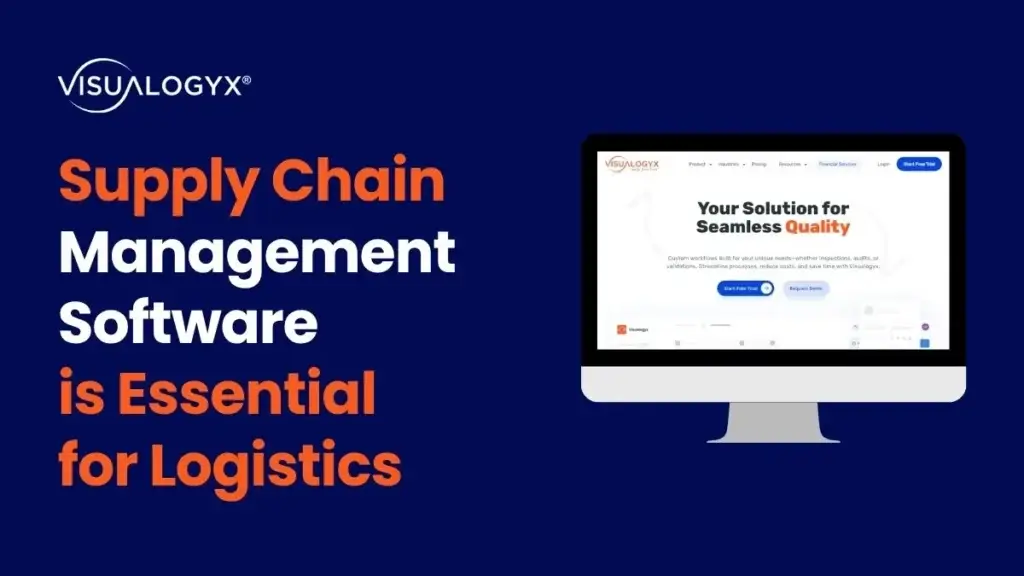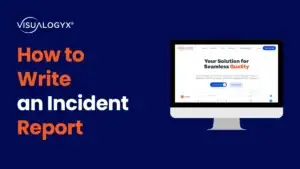Whether we recognize it formally or not, we are all risk managers in our daily lives.
In business, anyone that has ever had responsibility for risk management understands that what you don’t know can hurt you. At the same time, that same person recognizes that it is impossible to know everything, and the window of opportunity closes quickly if a decision takes too long.
Even if one was able to know everything at the point in time when a decision is made, the effects will carry into the future. To date, one would be pressed to know the future. Therefore, the best one can expect is to decide with a limited amount of information. This is representative of the best-case scenario.
The worst-case scenario would involve a nefarious attempt to defraud a stakeholder. In this case, information is purposely doctored to mislead. Omissions can be just as damaging. Unfortunately, the occurrence is much too common to avoid contemplation. Whether it is intentional or an act of desperation, the results can be devastating.
Financial Institutions compete for commercial business every day and do so while maintaining credit guidelines. These guidelines consider the factors that are known and unknown. Among the credit facilities provided, two of the most common include 1) a working capital facility to finance accounts receivables and inventory, and 2) a commercial real estate mortgage to finance the company’s facilities.
In a typical working capital loan, the inventory component is limited to some extent because of it being further away from turning into cash. The type of inventory (finished product, raw material, work in process, non-perishable, perishable, seasonal, and a myriad of derivations) drives the level of acceptable risk. The nature of the inventory (for stock or pre-sold) can alter the formula. The location of said inventory is a critical element. Is it in a secure warehouse? Is it in multiple warehouses? Is it in a bonded location? Is it out on a field? Is it in transit? On the road? In the air? Or at Sea?
With a commercial real estate loan, an appraisal is conducted up front. There is comfort in the sense that the location doesn’t move, has a surveyed plot, and a title insurance. Irrespective, these financing arrangements are typically longer than a year. A lot can happen to the property over time. Therefore, the generally accepted policy is to inspect the property at least once a year. It is conducted by an individual taking notes, some pictures and writing up a formulary for a file. Accepting human error, the verification of what was done is purely reliant on said report. Beyond human error, can the inspection be fabricated since it is considered perfunctory?
It is difficult to consider all the risk elements that can take place. What if we can improve upon the information obtained? Would we have more options to make the right decision? Suppose a decision-maker had verified information as to all these elements of inventory or the real estate property. Would he/she be poised to make a better decision? Take quicker action when called for? The answer is an unequivocal ‘YES.’
A better decision improves the competitive position of the institution with its client. The decision-maker would have best verified information to support the decision, the confidence that the verification will be on-going, and that if an unexpected circumstance develops, he/she would be able to act quickly. Perhaps the decision-maker may even have better sleep!
The institution would be in a better position to rationalize the allowed advance on inventory. A validated situation may also provide the ability to rationalize reserves commensurate with the acknowledged risk. Both these elements work to enhance shareholder returns and teammate satisfaction.
Visualogyx ™ provides the verification and the ongoing inventory validation to enhance lending decisions. In the least obstructive manner and with the simplicity of a smart phone application, inventory inspections, verifications, and validations can be accomplished efficiently and effectively.
Our mission of empowering transparency, inspiring integrity, and outsmarting fraud drives our continuing efforts to assist lenders to be more successful. The service reduces the intrusiveness common with field inspections. The cost effectiveness allows for more frequent verifications. The reporting allows for the continuing assessment in real time.
Moreover, powered by our KYPIT system, the potential for fraud is reduced dramatically. Using metadata garnered in the process, our AI driven KYPIT provides alerts to inconsistencies and deviations from the required expectations. This allows the stakeholder to move quickly to protect its interest.
From the client’s viewpoint, it enhances their relationship with their lending institution. Inspiring them to be transparent and to act with integrity. This inherently increases the client’s reputation, credit standing and the marketability of their firm. Conversely, hesitations to partake also deliver a message to the financial institution.
Finally and though evident, opting for the status quo is a decision onto itself. The decision carries the appropriate consequences with the addition that the power to know was forsaken.




